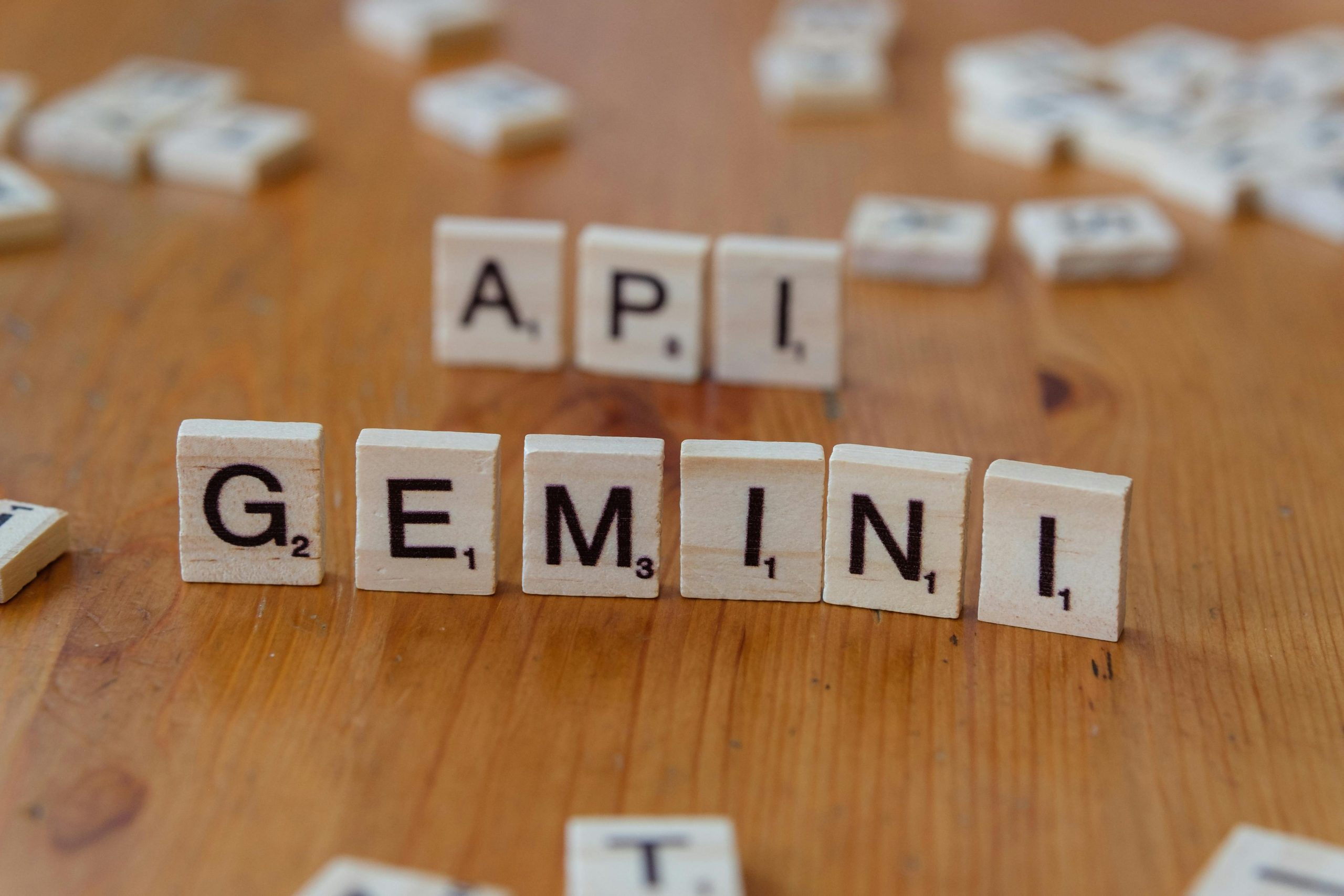Understanding AI Model Visibility in Search Engines: Comparing Perplexity, Google Overview, and ChatGPT
In the rapidly evolving landscape of AI-powered search and content generation, visibility metrics across different tools and platforms play a crucial role in understanding how your brand performs online. Recently, some clients have raised questions about differing visibility scores across various AI models and search engines, prompting a closer examination of the main differences and best strategies to enhance online presence.
Case Overview
A client of ours has reported a notable discrepancy in visibility metrics across multiple AI and search tools. They observe over 50% visibility in Perplexity and Google Overview, yet only an estimated 3% visibility through ChatGPT. Despite specific challenges, their content maintains high sentiment scores, all exceeding 70, with ChatGPT sentiment even surpassing 78%. The average position for their posts remains around the 2.x mark across platforms.
Key Observations and Challenges
-
Significant disparity in visibility scores: >50% in Perplexity and Google Overview versus approximately 3% in ChatGPT.
-
High sentiment scores suggest positive engagement or content quality, yet visibility in ChatGPT remains limited.
-
The brand recently migrated to a new domain three months ago, which may influence search visibility and indexing.
Understanding the Differences
Perplexity and Google Overview: These tools gauge visibility based on factors like search rankings, content indexing, and overall presence within search engine results pages (SERPs). They serve as indicators of traditional search engine visibility and user engagement through standard web searches.
ChatGPT: As an AI language model developed by OpenAI, ChatGPT does not function as a traditional search engine. Its responses are generated based on training data up to October 2023 and its current knowledge base. Visibility in ChatGPT refers more to how well the model’s outputs and related content align with user inquiries, which is influenced by factors like prompt relevance, data exposure, and integration with sources.
Why the Disparity?
Several factors can contribute to the low visibility percentage in ChatGPT:
-
The model’s focus is on natural language understanding and generation rather than indexing specific web content.
-
Recent domain migration affects indexing speed and search engine crawlers, which might influence visibility scores in traditional search engines (Google Overview, Perplexity).
-
The content or brand’s presence might not yet be sufficiently integrated or referenced within ChatGPT’s data sources.
Strategies to Enhance ChatGPT Visibility
While ChatGPT’s visibility isn’t directly comparable to traditional search metrics

